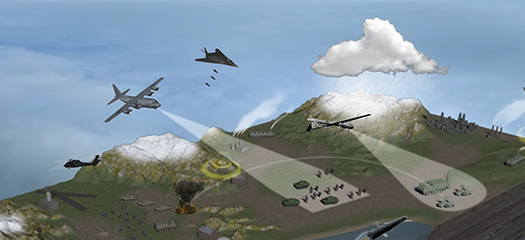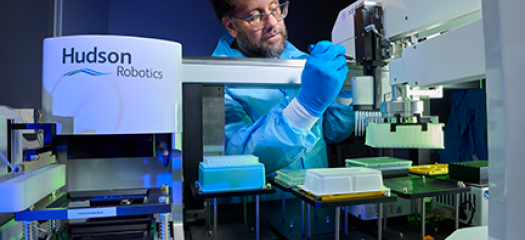
JCATS
One of the most widely used tactical simulations in the world, JCATS is installed in hundreds of U.S. military and civilian organizations, in NATO, and in more than 30 countries.

COVID-19 R&D
From molecular screening, a software platform, and an online data to the computing systems that power these projects.

Deterrence in Cyberspace
LLNL’s cyber programs work across a broad sponsor space to develop technologies addressing sophisticated cyber threats directed at national security and civilian critical infrastructure.

Ramesh Pankajakshan
Computational Scientist Ramesh Pankajakshan came to LLNL in 2016 directly from the University of Tennessee at Chattanooga. But unlike most recent hires from universities, he switched from research…

Gordon Lau
When computer scientist Gordon Lau arrived at Lawrence Livermore more than 20 years ago, he was a contractor assigned to a laser isotope separation project.

Joshua Senecal
The NIF Computing team plays a key role in this smoothly running facility, and computer scientist Joshua Senecal supports multiple operational areas.

LLNL, DOD, NNSA dedicate Rapid Response Laboratory and supercomputing system to accelerate biodefense
The collaboration has enabled expanding systems of the same architecture as LLNL’s upcoming exascale supercomputer, El Capitan, featuring AMD’s cutting-edge MI300A processors.

Understanding the changing climate
Ensuring researchers and policymakers can predict and prepare for the long-term effects of a changing climate is a central, motivating question for the Energy Exascale Earth System Model (E3SM) project.

Department of Energy announces FASST initiative
The proposed Frontiers in Artificial Intelligence for Science, Security and Technology (FASST) initiative will advance national security; attract and build a talented workforce; harness AI for scientific discovery; address energy challenges; develop technical expertise necessary for AI governance.
